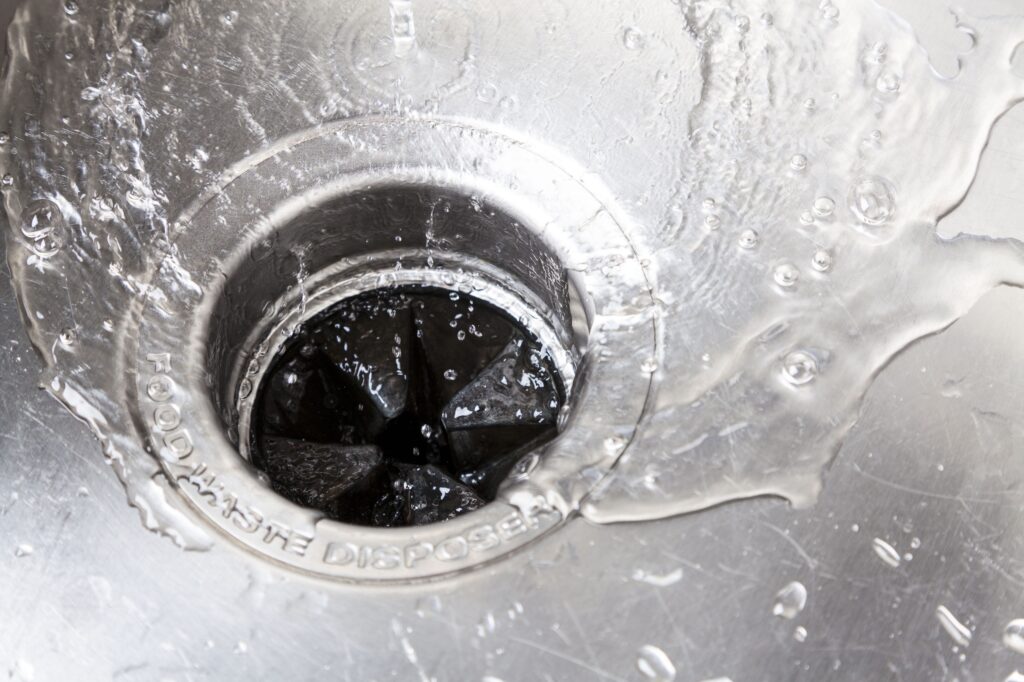Unplugging Your Sink
It Feels Like Home!

Expert Tips - for Successfully Unplugging Your Sink
Dealing with unplugging your sink can be a frustrating experience, but fear not! With the right tools and techniques, you can easily tackle this common household issue and restore your sink’s functionality in no time. Whether it’s a kitchen sink full of food debris or a bathroom sink clogged with hair and soap scum, these expert tips will help you effectively unplug any sink and get water flowing smoothly again.
Assess the Situation:
- Before diving into unplugging your sink, assess the severity of the clog and identify any visible blockages or obstructions.
- Determine whether the clog is localized to the sink trap or extends further down the drainpipe, which may require different approaches for clearing.
Use a Plunger:
- Start by using a plunger to attempt to dislodge the clog. Ensure there is enough water in the sink to cover the plunger’s cup, then create a tight seal around the drain opening.
- Plunge vigorously up and down several times to create suction and pressure that can help break up and dislodge the clog.
Try a Drain Snake or Auger:
- If plunging doesn’t do the trick, try using a drain snake or auger to reach deeper into the drainpipe and physically remove the clog.
- Insert the snake or auger into the drain opening and carefully maneuver it through the pipe, rotating and pushing it forward until you encounter resistance.
- Once you reach the clog, twist and push the snake or auger to break it apart or pull it out of the drain.
Use Baking Soda and Vinegar:
- For minor clogs or maintenance, consider using a natural solution of baking soda and vinegar to help dissolve organic matter and clear the drain.
- Pour a cup of baking soda down the drain followed by a cup of vinegar. Allow the mixture to fizz and bubble for several minutes, then flush the drain with hot water to rinse away the loosened debris.
Remove and Clean the Sink Trap:
- If the clog persists, you may need to remove and clean the sink trap, the U-shaped pipe located beneath the sink.
- Place a bucket or basin beneath the trap to catch any water or debris, then use a wrench to loosen the slip nuts and remove the trap.
- Clean the trap thoroughly, removing any accumulated gunk, hair, or debris, then reassemble and reattach it securely.
Consider Chemical Drain Cleaners:
- As a last resort, you can use commercial chemical drain cleaners to dissolve stubborn clogs, but exercise caution and follow the manufacturer’s instructions carefully.
- Avoid using chemical cleaners if you have a septic system or older plumbing, as they can cause damage and corrosion over time.
Prevent Future Clogs:
- Once you’ve successfully unplugged your sink, take steps to prevent future clogs by practicing good drain maintenance habits.
- Avoid pouring grease, oil, coffee grounds, and food scraps down the drain, and use a drain strainer or screen to catch hair and debris in bathroom sinks.
With these expert tips for unplugging your sink, you can effectively tackle this common household problem and restore your sink’s functionality with ease. Whether you opt for DIY methods like plunging and snaking or rely on natural or chemical solutions, there’s a solution to fit every clog. So roll up your sleeves, grab your tools, and say goodbye to sink woes once and for all! a sink can be a frustrating experience, but fear not! With the right tools and techniques, you can easily tackle this common household issue and restore your sink’s functionality in no time. Whether it’s a kitchen sink full of food debris or a bathroom sink clogged with hair and soap scum, these expert tips will help you effectively unplug any sink and get water flowing smoothly again.
